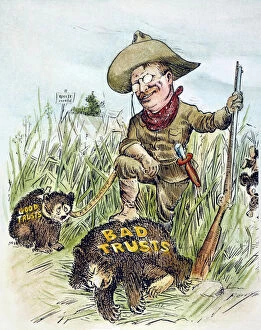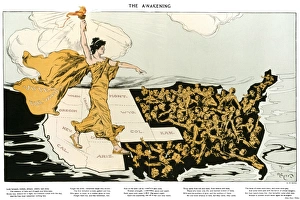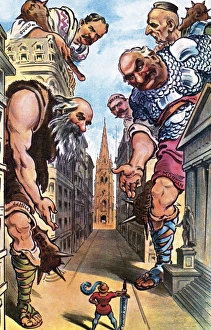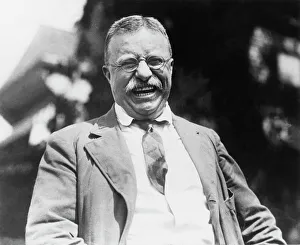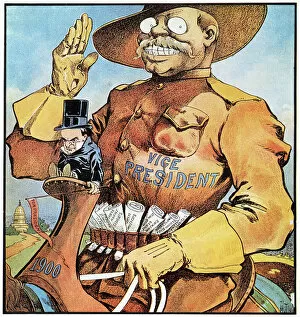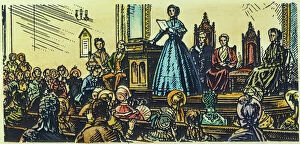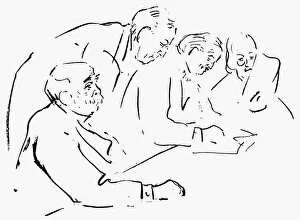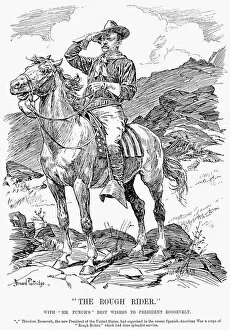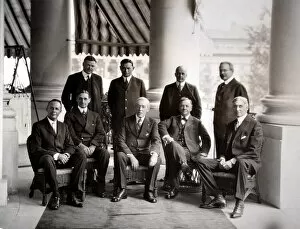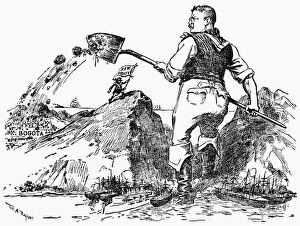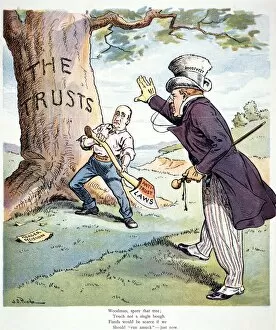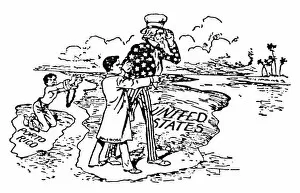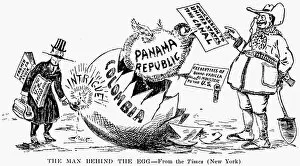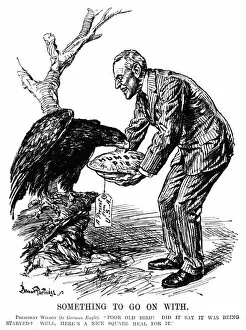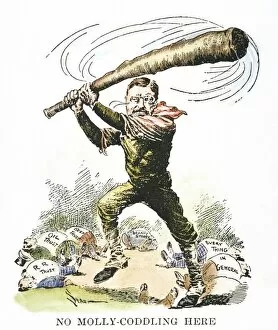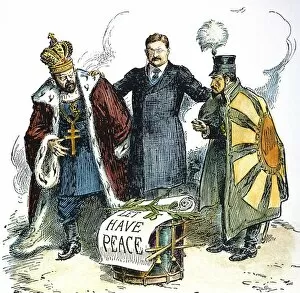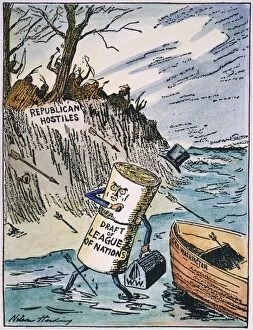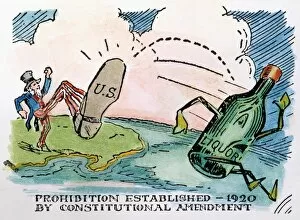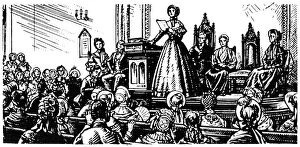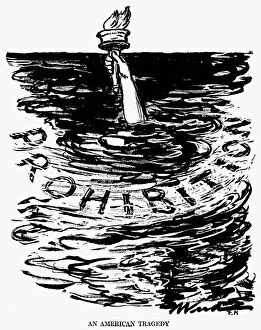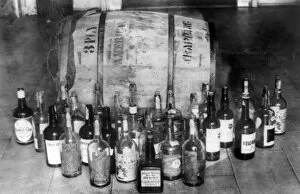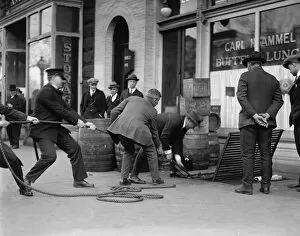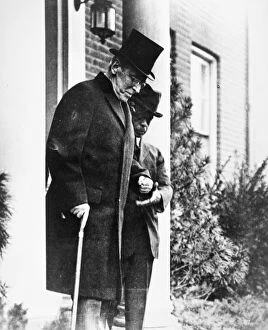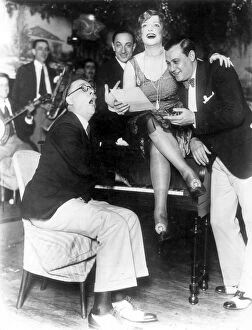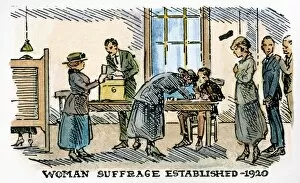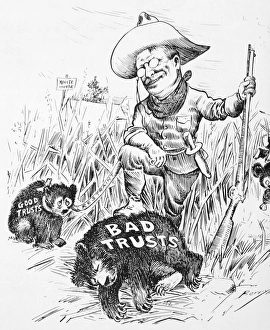Progressive Era Collection
The Progressive Era, a pivotal time in American history, marked significant advancements in the fight for equality and social reform
All Professionally Made to Order for Quick Shipping
The Progressive Era, a pivotal time in American history, marked significant advancements in the fight for equality and social reform. One of the most notable achievements was the 19th Amendment to the Constitution, ratified in 1919. This Congressional Resolution paved the way for women's suffrage, granting them the right to vote. The Awakening of women's suffrage is beautifully depicted in Henry Mayer's American cartoon from 1915. The allegorical representation of suffrage strides across western states where women already had voting rights, reaching out to those in the east who were yearning for their voices to be heard. Alice Duer Miller's poignant poem printed below further emphasizes this powerful movement. President Theodore Roosevelt played a crucial role during this era as well. In Clifford Berryman's cartoon from 1909, he is portrayed slaying trusts that he deemed harmful while restraining those with beneficial business practices - all done with public interest at heart. The White House became a symbol of protest when suffragettes picketed outside its gates in Washington D. C. , demanding equal rights for women in 1917. Their determination and resilience showcased their unwavering commitment to progress. Another influential figure during this time was President William Howard Taft, who faced off against former president Theodore Roosevelt for the Republican presidential nomination in 1912. A political battle ensued between these two leaders as they vied for support and shaped national discourse on important issues. Mercedes de Acosta and her sister demonstrated passionately for women's suffrage during World War I, highlighting how even amidst global conflict, advocates continued fighting tirelessly for equal rights. However, it is essential to acknowledge that these efforts did not begin overnight; they trace back decades earlier. Elizabeth Cady Stanton addressed an audience at Seneca Falls Convention on June 20th, 1848 - marking one of the first Women’s Rights Conventions held within America itself.


